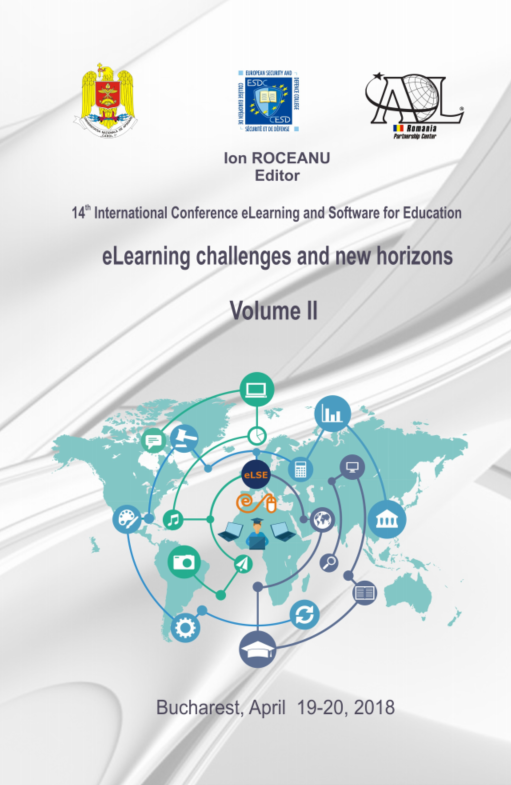Technologically Enhanced Learning – Highlighting the Generality and Transferability of Mathematical Models
Technologically Enhanced Learning – Highlighting the Generality and Transferability of Mathematical Models
Author(s): Daly Marciuc, Cristina MironSubject(s): Social Sciences, Education
Published by: Carol I National Defence University Publishing House
Keywords: Physics Education; interdisciplinary learning; computational modelling; GeoGebra; VPython;
Summary/Abstract: Modelling plays a major role in the evolution of scientific knowledge and is an objective for students' literacy in science. The emergence of accessible and powerful computational technologies imposes the development of a specific curriculum focusing on the study of science by computer modelling. This paper presents the results of investigating the possibilities of integration of computational modelling activities in Physics lessons, at high school level. Through the activities we propose here we will highlight the generality and transferability of models, by applying a unique mathematical model to solve problems that, at first sight, have nothing in common. The simulations we built with GeoGebra software and VPython programming language can be tailored both to the study of optical phenomena such as inferior or higher mirage, and to solving the famous problem of the brachistochrone. The interdisciplinary learning context, based on problem solving, calls for the application of knowledge from various fields: trigonometric and algebraic calculus, Euclidian geometry elements, Snell's law of refraction, energy conservation law, knowledge of programming and use a graphical software in modelling. The problem which students start from when investigating requires determining the fastest path between two points, separated by strips in which the propagation speeds are different. Using the achieved models, students can infer that in the case of the non-friction sliding motion, the cycloid is the fastest path. The simulations of motions were performed with GeoGebra, based on the kinematic equations, and with the VPython programming language, using the dynamic equations. The proposed modelling activities foster the development of students' transversal and transferable skills in mathematics, physics and computational technology.
Journal: Conference proceedings of »eLearning and Software for Education« (eLSE)
- Issue Year: 14/2018
- Issue No: 02
- Page Range: 091-098
- Page Count: 8
- Language: English

